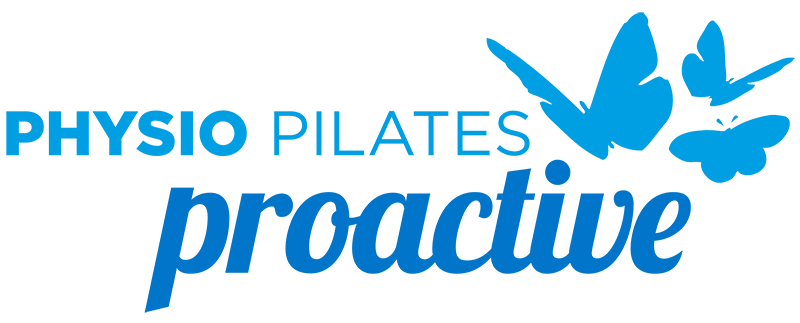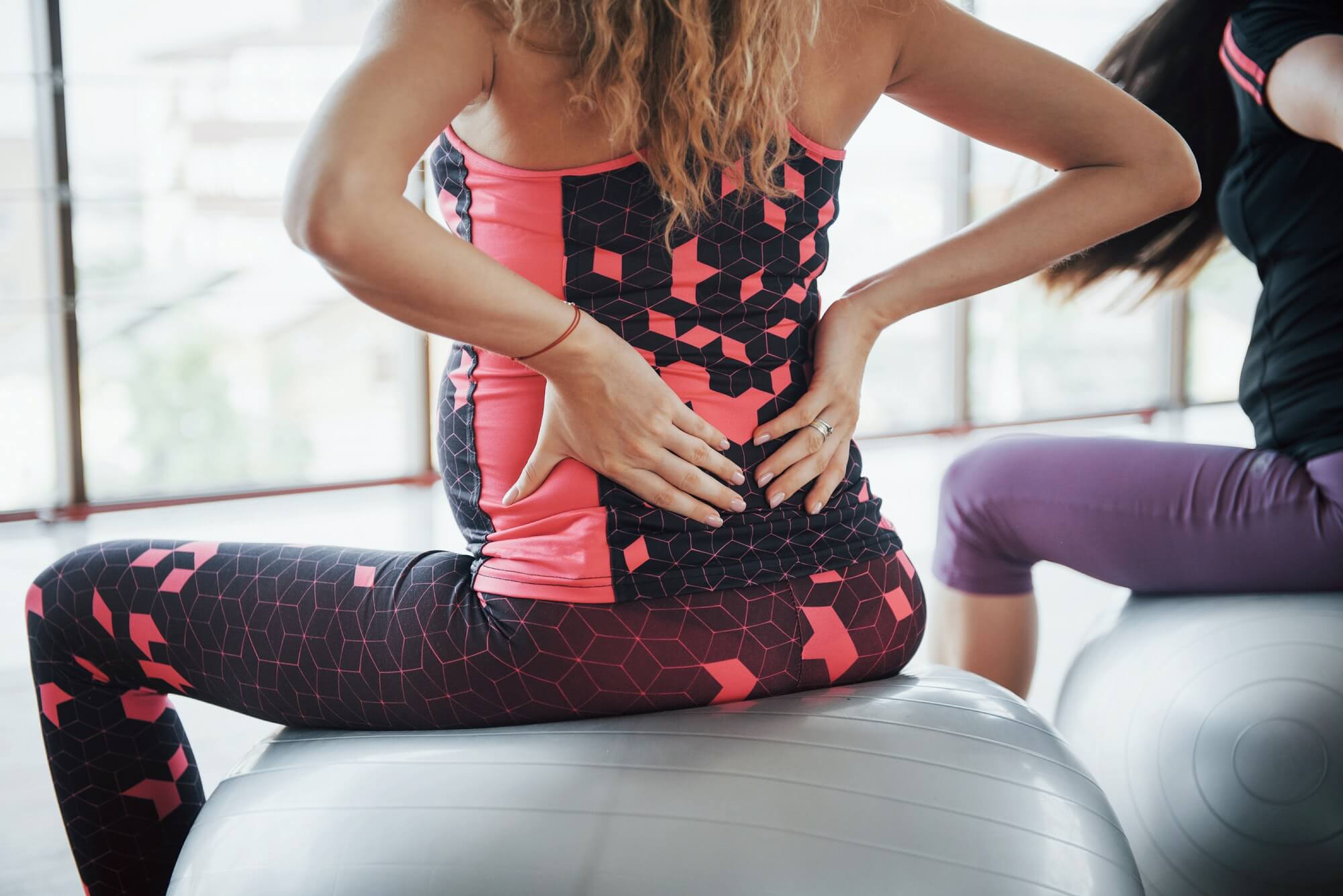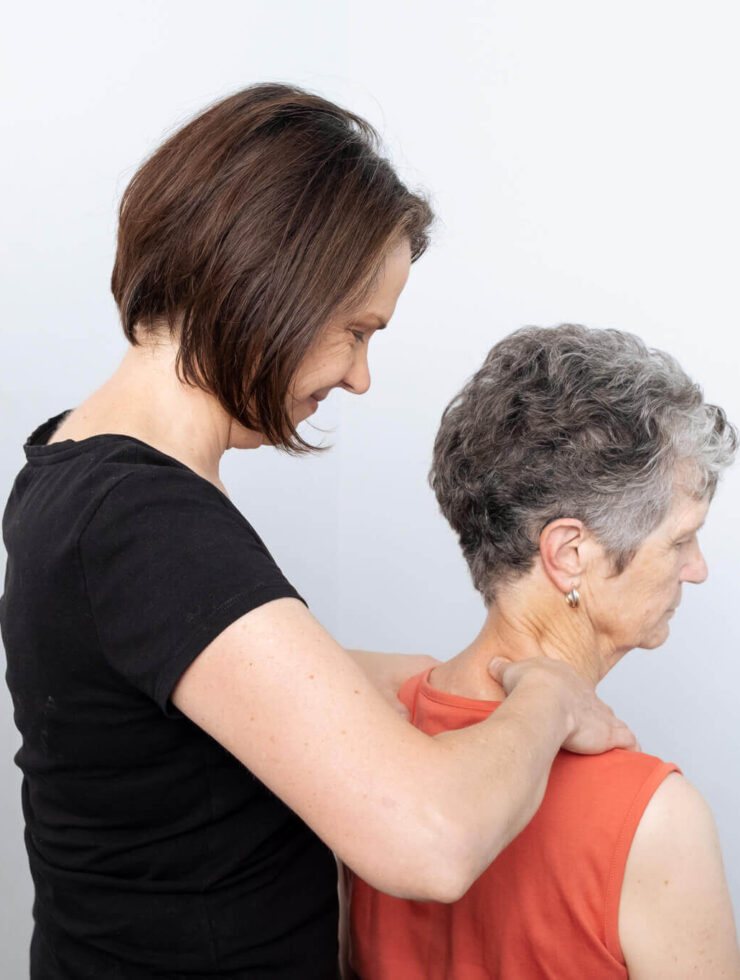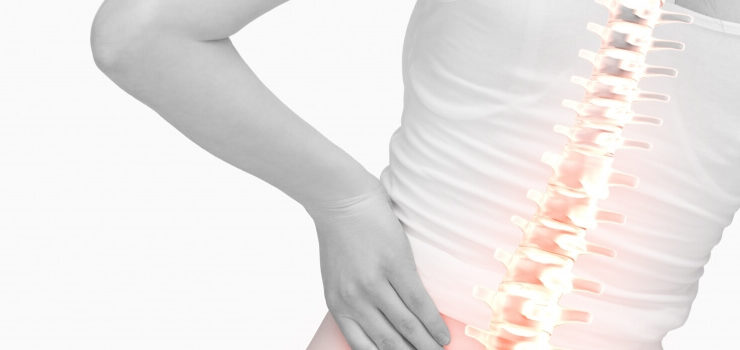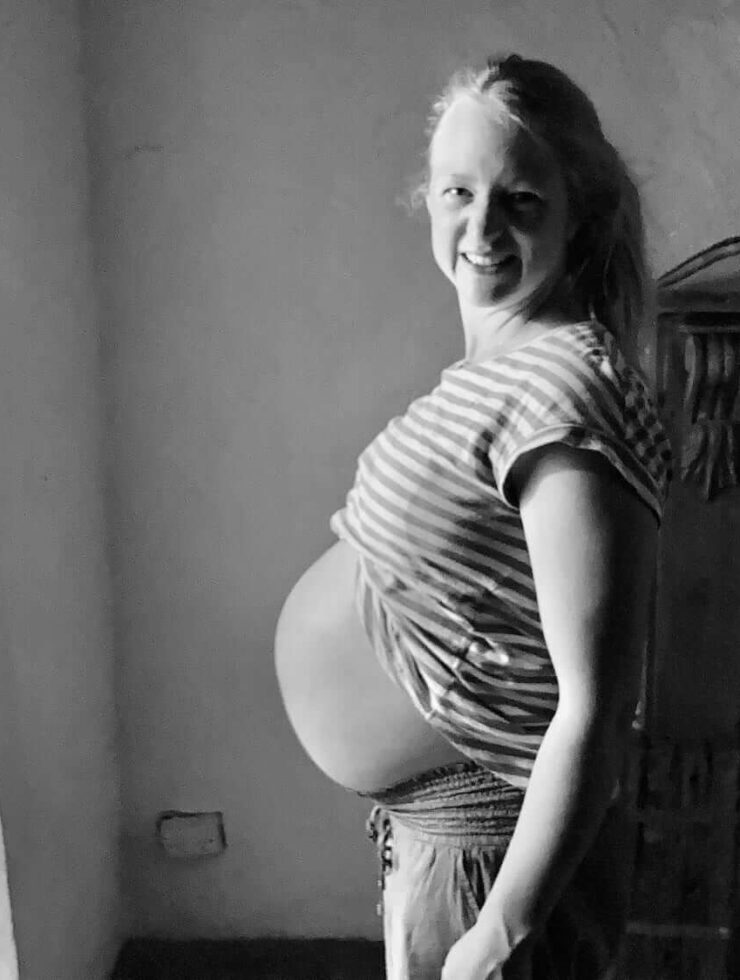I am yet to do post graduate training in Women’s Health but it’s amazing how much you learn when you live the experience of pregnancy. No two pregnancies are the same and everyone has their own challenges, so I thought I’d share the top 3 things I’ve learnt so far – from a physiotherapy perspective:
1. Managing pelvic pain
Pelvic and lower back pain are common (but not inevitable) during pregnancy. For some people, the increased suppleness of their body during pregnancy actually reduces their lower back pain. For others, the relaxation of ligaments can create issues, particularly in the usually very stable pelvis. There is a lot that we can do manage pelvic pain and lower back pain during pregnancy. Determining the aggravating activities and assessing the areas of pain can guide a management plan that can really help reduce discomfort. Depending on the specific presentation, treatment might include activity modification, manual treatments and stretches to release tight muscles, taping, brace, tubi-grip or a special belt, exercises and stretches.
In my case, I started getting discomfort at the back of my pelvis when I was in my first trimester. My only activity was netball and whilst this made me forget my nausea, it eventually contributed to the pelvic pain spreading to the front of my pelvis. By then, sitting with my knees higher than my hips, standing on one leg and rolling to the side in bed became uncomfortable. I wanted to keep playing netball into my second trimester so I modified my daily activities – sitting to get dressed, taking a backpack to work instead of a large one-sided handbag, wearing tubi-grip, sitting on a cushion in a chair to keep my hips higher than my knees, gently stretching of muscles around my hips that were getting tight trying to support a less-stable pelvis and using hiking poles to walk with when I was really sore. I also found massage and bridging exercises with my knees together helpful. Thankfully we won the netball premiership and my pelvis has been a lot more comfortable since stopping this aggravating activity too!
2. How to get and stay physically active during pregnancy
Getting and staying active during pregnancy can help keep aches and pains at bay, help our mental-health, keep our bowels regular, move fluid around our body and maintain fitness for labour and motherhood. Thirty minutes of moderate physical activity on most (if not all) days of the week is recommended during pregnancy. Low-impact activities are preferable to high-impact activities. If you haven’t been very active prior to becoming pregnant simply start with 10-15mins of walking on flatter ground and gradually build up the time slowly. Other great activities include Pilates, yoga, stationary cycling, swimming and aquarobics. Pregnancy specific classes are great – especially if you can find one lead by a physiotherapist or midwife. If you already have an activity you enjoy it is usually safe to continue, a physiotherapist can provide further guidance on anything to avoid or modify during your pregnancy.
I found a great midwife-lead yoga class that was perfect for when I started to feel less nauseous but still weak! The breath practice and relaxation really helped my mental health too. Slow swimming and walking/stretching in the pool was also achievable when I still felt unwell. I’ve modified the way I teach Pilates so I do less abdominals as my tummy gets bigger, but I still do plenty in standing, all fours and side-lying (great for leg strength, posture and pelvic floor – more to come on the pelvic floor below!). I’ve also enjoyed getting out walking again (often with my hiking poles) and can’t wait to try some other pregnancy specific classes in the Adelaide Hills.
3. Pelvic floor
I was shocked to learn that by the end of pregnancy the additional load on the pelvic floor can be around 5kg. Yikes! I can see how this hammock like muscle can stretch and get weaker during pregnancy. It’s important to be able effectively to contract and relax the muscles of the pelvic floor before, during and after pregnancy. Many women don’t have signs of a weakened pelvic floor until much later in life when they go through the hormonal changes of menopause. With this in mind, getting our pelvic floor muscles back into shape after having a baby becomes even more important. Being able to completely relax the pelvic floor muscles is just as important as being able to strongly contract the pelvic floor muscles, when doing your pelvic floor exercises focus on feeling them both lift and relax. There are helpful Apps like ‘Pelvic Floor First’ from the Continence Foundation: http://www.pelvicfloorfirst.org.au/pages/pelvic-floor-first-app.html (they’ve also got a Pregnancy Pelvic Floor Plan App http://www.pelvicfloorfirst.org.au/pages/pregnancy-app.html)
I’ve already noticed changes with my pelvic floor during pregnancy so far, particularly associated with pelvic pain. I decided to see a specialist Women’s Health Physiotherapist to get more specific advice. She was able work on the pelvic pain in-conjunction with strategies and guidance for exercises and relaxation for pelvic floor muscles. I would certainly recommend speaking to a physiotherapist with experience in pelvic floor rehabilitation if you have any concerns at all because there are many treatment options and useful advice that can help.
